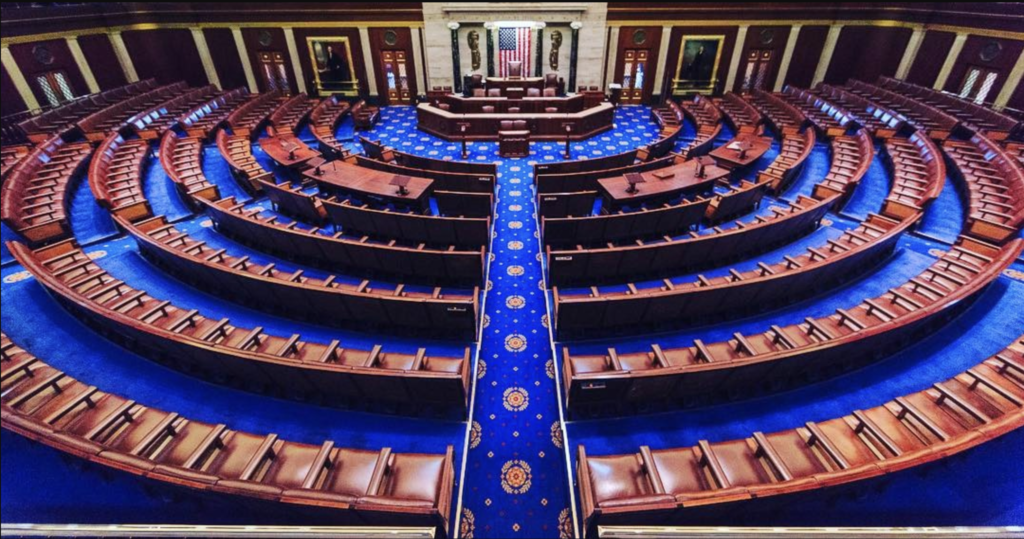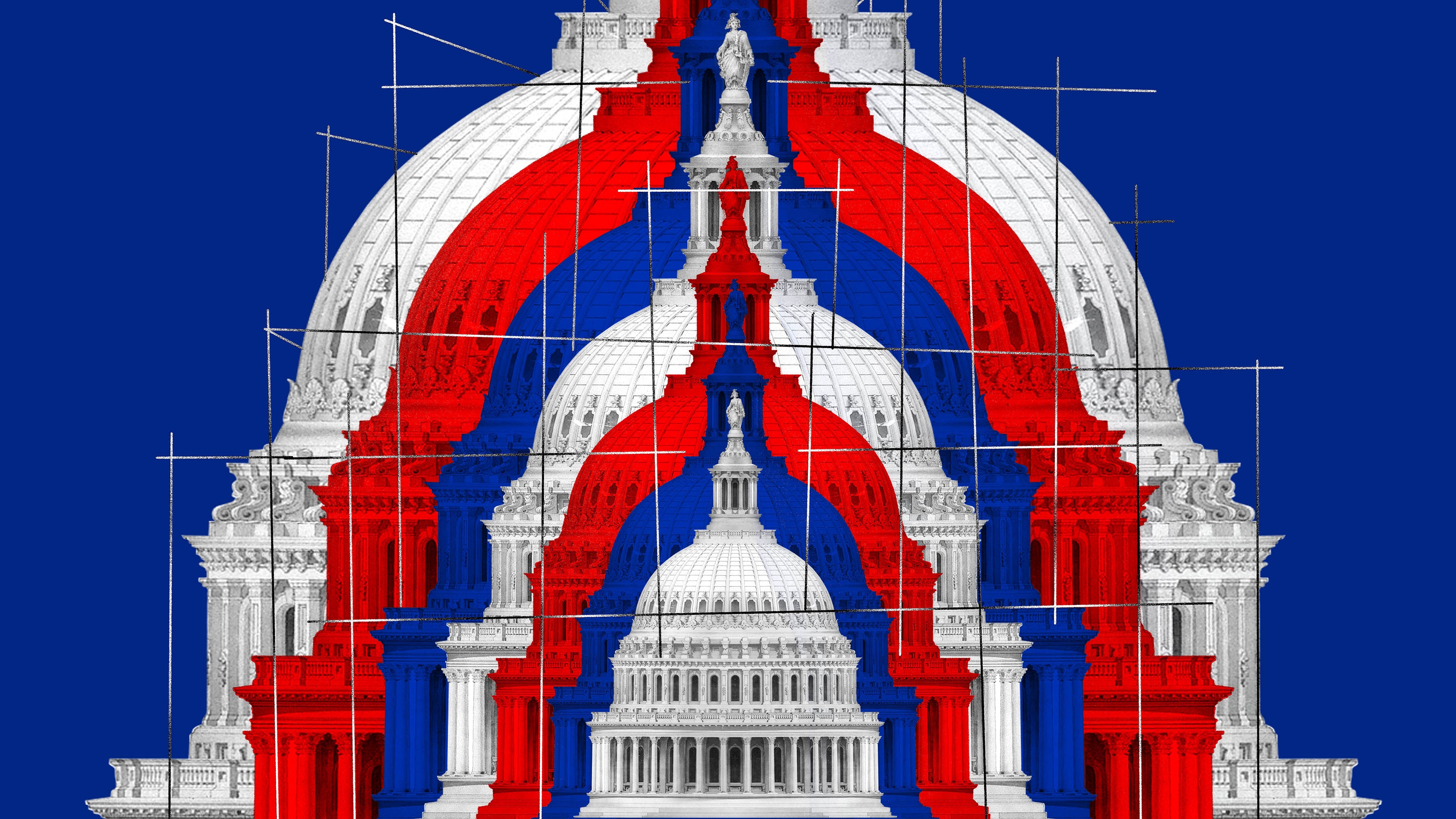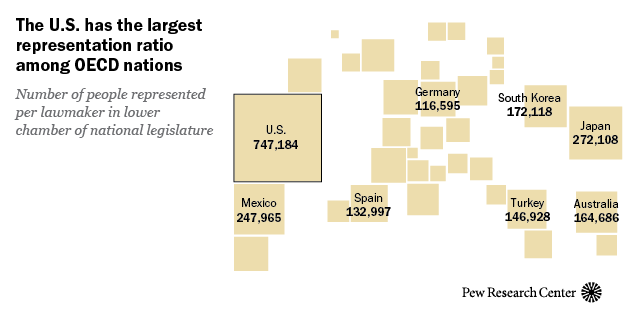

I’ll never understand how the EV thing became a political issue.
I think at first it was viewed as a threat by both the Domestic Auto Industry including the UAW. Tesla was selling an increasing number of vehicles, which is what the Big 3 cared about, and they weren’t a Union Shop, which is what the UAW cared about. So they fought the rise of EVs out of self-protection.
It’s really the oil industry fighting it now because it’s an existential threat. The United States generates almost zero electricity from oil, to them it’s all about fuel. Coal has been in steep decline for two decades and as an industry its nearly done. They were replaced by the Natural Gas folks for electricity generation and you won’t find many NG folks who are actually against EVs. When you do it’s because their parent company is an Oil Company.
Toss in the rise of China as the current best source for EV batteries and the threat that Chinese companies like BYD present to the Big 3 and its easy to see why things are still all knotted up.






















I don’t remember anything about all their designs being open source but they DID open source(*) the Roadster.
They also open sourced(*) their charging connector which has now become an increasingly used standard called NACS.
I’m putting that asterisks by open source because that’s only sorta-kinda what they did. More precisely they made the Roadster and TCC royalty free to use and released all of the engineering documents necessary to use & recreate them.
What you’re probably remembering is their Patent Pledge from 2014. At this point Tesla holds nearly 1,200 patents worldwide so that Patent Pledge isn’t a small thing. They’re surely not going to make all of their vehicle designs open source but they do seem to be holding to their Patent Pledge and its underlying “Open Innovation Framework”.
This doesn’t mean Musk or his companies are good, it’s just a review of the facts.